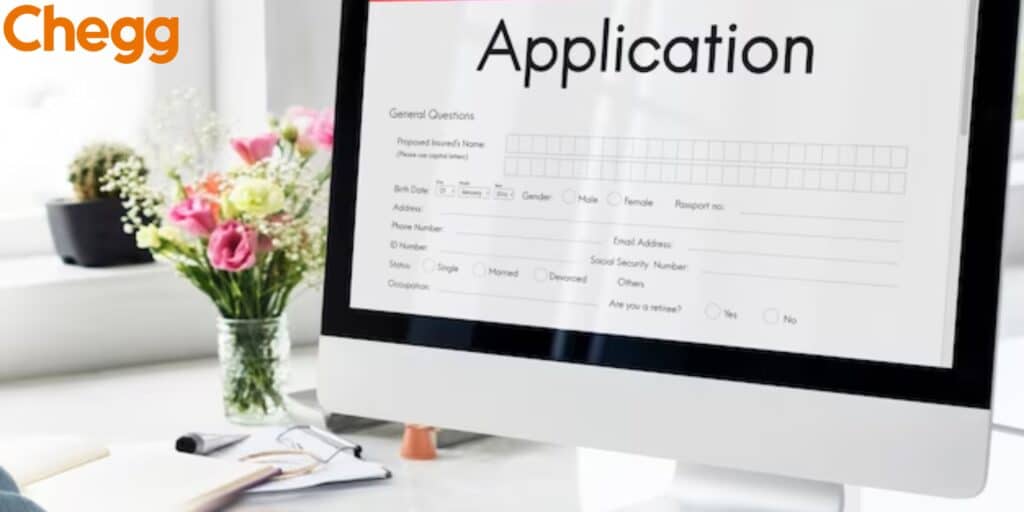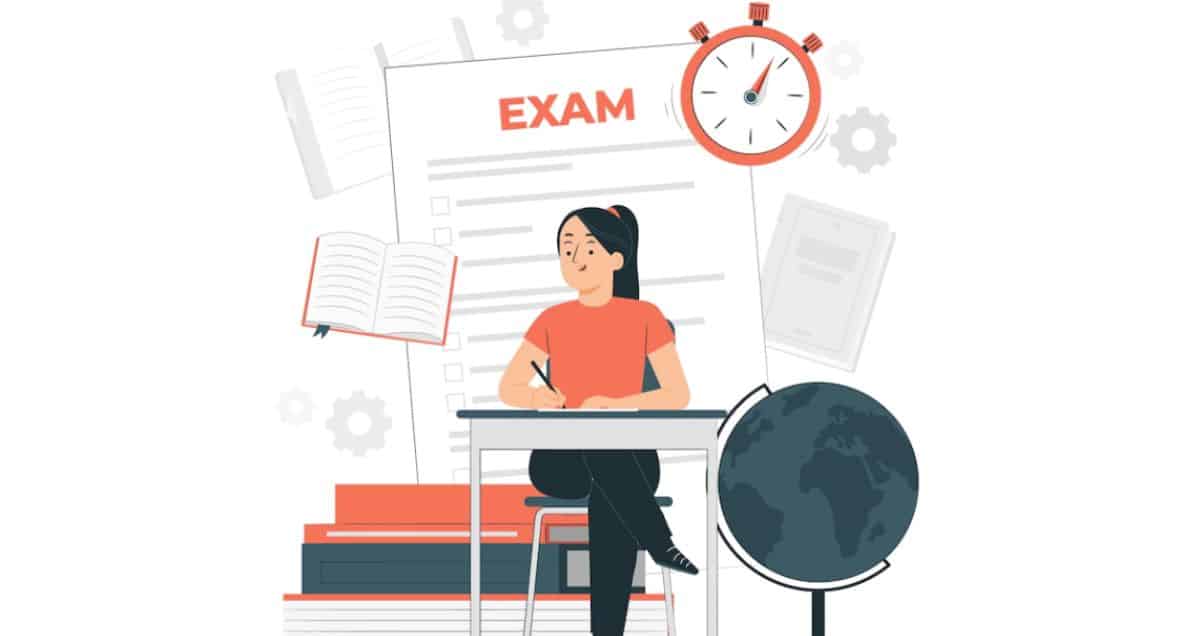Mastering the Art: A Comprehensive Guide to Modern Leave Application Writing Formats
Have you ever found yourself needing help to write a professional Leave Application Writing Format? There comes a moment when we need to take leave. It could be for a well-earned vacation, medical reasons, or personal reasons. The ability to craft a compelling leave application is essential to negotiating these pauses with success.

Have you ever found yourself needing help to write a professional Leave Application Writing Format? There comes a moment when we need to take leave. It could be for a well-earned vacation, medical reasons, or personal reasons. The ability to craft a compelling leave application is essential to negotiating these pauses with success. With our guide, you’ll master the art of a well-structured leave application, the significance of adhering to a proper format, and the purpose of this blog is to guide you through the correct leave application writing format.
Understanding The Audience
When writing a leave application, you must use a proper format and write professionally and concisely. Leave applications come in various forms- personal, medical, vacation, and more. Understanding the nuances of different types of leaves is essential in tailoring the format according to the specific audience. Whether you’re an employee or an employer of your child’s school, each requires a different approach. We’ll also shed light on common mistakes to avoid. This will ensure your application stands out for all the right reasons.
Components of a Leave Application
Heading:
The heading of your leave application is the first impression you make. You need to ensure that it includes the date, your address, and the recipient’s address. This sets the stage for a professional and organized request. It’s also essential to mention what type of leave you’re applying for.
Salutation
Tailoring your salutation to the specific context is essential. Use formal salutations for professional settings and choose appropriate ones for academic or personal contexts. This small gesture shows the overall professionalism of your application.
Opening Paragraph:
You need to be very clear and concise in the opening paragraph. Give a brief description of your leave and the dates for which you are seeking time off. This upfront communication helps the recipients quickly grasp the essentials of your request.
Body of the Leave Application
The body is the meat of your application. Briefly explain the reason for your leave, providing any necessary details such as medical certificates if applicable. If there are pending work or arrangements made to cover your responsibilities, mention them here. Clarity and transparency are the keys to the body of the leave application.
Closing paragraph
In the closing paragraph, express gratitude for considering your application. Include your contact details for any further communication. This not only shows professionalism but also facilitates easy follow-up if needed.
Closing Salutation
At the end of your application, with a formal closing in a professional setting, ensure consistency in your tone throughout. Tailor the closing based on the context- a touch of personalization goes a long way.
Tips for Writing an Effective Leave Application
Writing a leave application doesn’t have to be stressful. Here are some pointers for crafting a strong leave request letter:
1. Be Clear and Concise:
Make sure your justification for the vacation is stated clearly and succinctly in your Leave Application. Refrain from utilizing cryptic or unclear wording that could mislead your management or employer.

2. Follow Proper Format:
Use a professional format for your leave application. Include the recipient’s name and address, the date, the salutation, the body paragraphs, the closing, and your signature. Make sure you have included all relevant information. Include the dates of your requested leave and any relevant information.
3. Provide Adequate Notice:
Give your employer ample notice when requesting time off. Whenever possible, submit your leave application at least two weeks in advance.
4. Explain Your Reason:
Clearly explain why you need time off in your leave application. Explain the importance of your leave for personal reasons. A medical appointment, a family event, or a vacation could be the reason. This will help your employer understand why they should grant your request.
5. Offer Solutions:
It would be helpful if you could suggest alternative solutions during your absence. This will minimize disruption to workflow. It will also assist with delegating tasks while you are away.
6. Courteous Language:
Make sure your leave application is written politely and respectfully. Thank them for considering your request. Before going on vacation or taking time off, assure them you will fulfill your responsibilities.
Remember that each organization may have specific policies regarding leaves. Following these recommendations can increase the likelihood of receiving approval more quickly!
Draft a strong leave application by using the advice in this guide. This increases the likelihood of getting it approved by superiors!
Sample Leave Application Formats
When it comes to writing a leave application, having examples can be incredibly helpful. They provide guidance and inspiration, helping you write your own application with confidence. Here are a few sample leave request letters to get you started.
A. Professional setting:
If you need to take time off due to illness or medical treatment, this type og application is essential. Be sure to include relevant medical information and any documentation required by your employer’s policies.
B. Academic setting
If you’re requesting general time off or vacation, It should include the date of your planned absence from your institution or any necessary details about coverage.
C. Personal setting
When you are faced with unexpected family emergencies or personal problems that require immediate attention, use this type as a guide. Clearly state the nature of the problem or emergency and how much time you require to take off.
Conclusion
In wrapping up our journey through the art of leave application writing, let’s recap the key points. A well-structured leave application is more than just a formality – it’s a reflection of your professionalism and consideration for others. By following the provided tips and utilizing the sample formats, you can master the art of crafting leave applications that leave a positive impression. Remember, taking a break is essential, and how you request it matters. So, equip yourself with the right format and confidently step into the realm of well-written leave applications.
As you embark on your journey to master the art of crafting impeccable leave applications, we invite you to explore the myriad educational resources offered by Chegg India. Committed to fostering academic success, Chegg India stands as a reliable partner for students and professionals alike.
The post Mastering the Art: A Comprehensive Guide to Modern Leave Application Writing Formats appeared first on Chegg India.





















/cdn.vox-cdn.com/uploads/chorus_asset/file/25137937/236942_Nic_Cage_Interview2_CVirginia.jpg)





